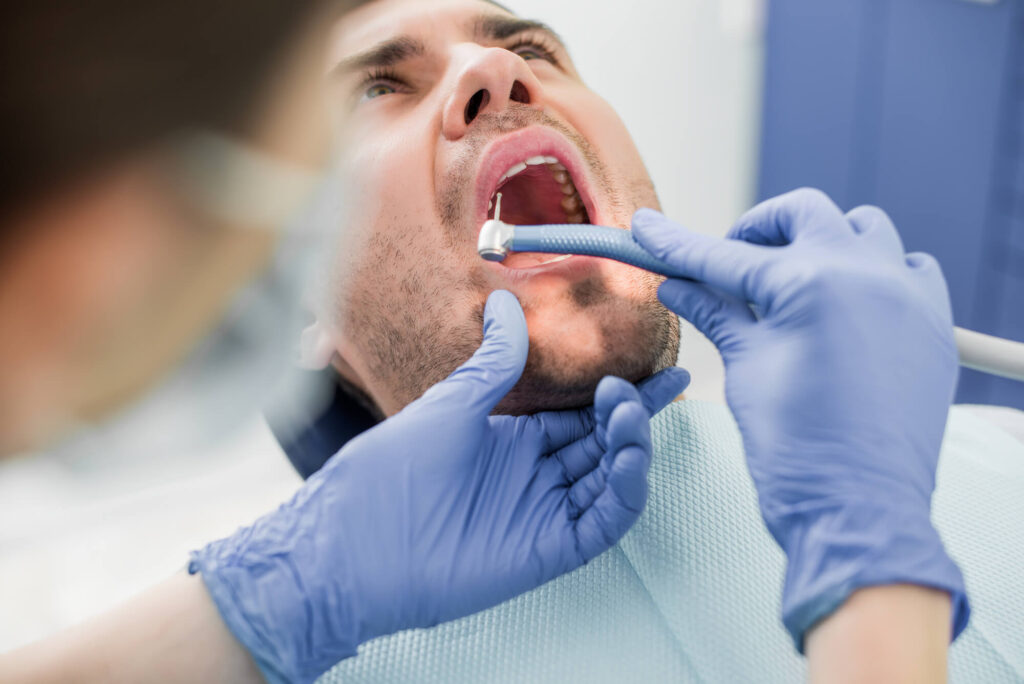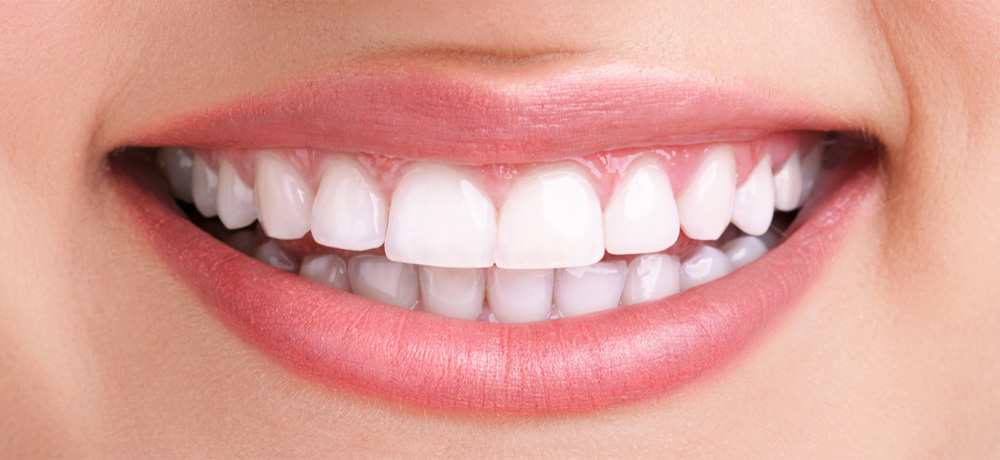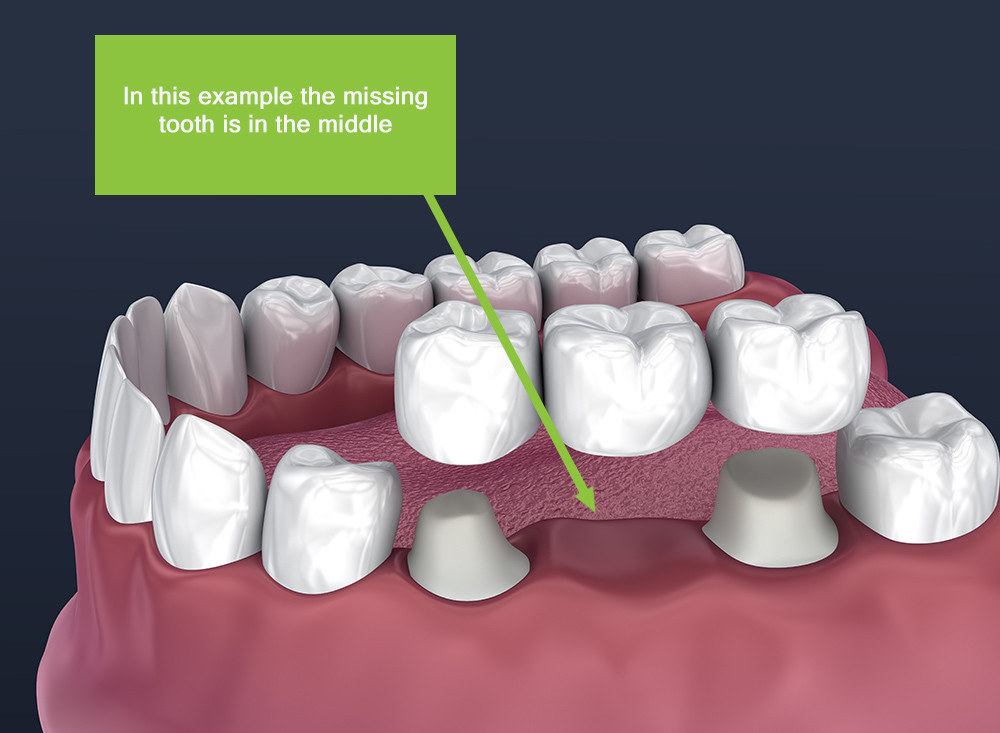When a tooth is broken or damaged by decay, our dentists at Mayfield Dental Clinic can help you to fix it using a filling, dental crowns, or other dental procedures. However, if the damage is more than what can be repaired, there is no other option than a tooth extraction. The procedure of extraction involves the removal of the tooth from its socket in the bone.
There are many reasons for a tooth removal. It can vary from issues like a painful wisdom tooth, a broken tooth to a tooth badly damaged by decay.
Here are some of the cases in which extraction will be suggested:
- If you have extra teeth that are blocking other teeth from coming in.
- If you need to remove a tooth to make space for cosmetic dentistry procedures or braces.
- Patients undergoing radiation treatment in the neck and head will need to remove teeth in the field of
radiation. - If baby teeth have not fallen out in time restricting the growth of permanent teeth.
- Patients consuming cancer drugs have infected teeth as a side effect of the drugs, weakening the
immune system. - If you have developed wisdom teeth, also known as third molars, they need extraction. Generally, they erupt during the late teens or early ‘20s. In cases where they are infected, decayed, or do not have sufficient room in the mouth, removal is the best solution.
Procedures
Tooth extraction is performed in two ways:
- Simple Extraction
If the tooth is visible in the mouth, the dentist performs a simple extraction. The dentist starts by loosening the tooth using an elevator and then removing it with forceps.
- Surgical Extraction
As the name suggests, this procedure is more complexed and used in cases when the tooth has either not erupted in the mouth or broken off at the gum line. While general dentists can perform the procedure, oral maxillofacial surgeons are the specialists. The doctor starts the procedure with a small incision into your gum. Some cases require cutting the tooth in half or removing the bone around the tooth to complete the extraction of the impacted wisdom tooth or broken tooth.
Simple extractions are performed using only a local anesthetic injection. The emergency dentist may or may not prescribe drugs to ease the pain. For surgical extractions, the doctor will give a local anesthetic as well as intravenous anesthesia (through the veins). If the patient has a specific medical history or has other behavioral conditions, the doctor can use general anesthesia. Children’s dentists also use general anesthesia when performing the procedure on young children.
Tooth extraction is generally painless. You can feel discomfort or pressure but if you are feeling pain or a pinching sensation, immediately inform your dentist.
Dealing with the Pain and Discomfort
Like any other surgical procedure, tooth extraction may also leave you with mild discomfort. The degree of discomfort will be lesser in the case of simple extractions but it will tend to exist. According to research, the use of drugs that include Ibuprofen and sold under various brands like Motrin, Advil, and others, can help to significantly reduce the pain you experience post tooth extraction. Your dentist will recommend how you need to take the medication. Usually, it is suggested that you take the first pill before the effect of the local anesthesia diminishes and continue the same for the next 3 to 4 days, or as per the recommendation of your dentist.
In comparison to simple extractions, surgical extractions are more painful. Depending on the difficulty to remove the tooth, you will experience discomfort and accordingly have a recovery time. Your doctor can suggest pain medication for a few days after the procedure. Generally, the pain takes a couple of days to disappear.
There are a few ways in which you can reduce discomfort and fasten recovery. Here’s what we suggest:
- Use ice packs to reduce swelling. Place the ice pack on your face on the side from which the tooth was extracted and leave it for 20 minutes. Repeat the same trick after 20 minutes. You can use warm compresses if your jaw becomes stiff and sore once the swelling goes away.
- Follow a soft and cool diet for the first few days.
- A day after the surgery, start rinsing with warm saltwater. This rinse helps to keep the area clean. To prepare the solution, add one-half teaspoon of salt to a cup of water. While complete healing will take around two weeks, swelling and bleeding mostly end within a day or two after the surgery.
- Avoid smoking, using a straw, or spitting after the surgery.
- In certain cases, the doctor can use stitches that dissolve on their own. These require one to two weeks. A warm salt water rinse helps with the faster dissolving of stitches. If another kind of stitches is used, the dentist or surgeon will need to remove the same.
What to expect after the extraction?
Using Dental Gauzes
After the removal of a tooth, the patient must keep the area clean to prevent infection. An adult or kids’ dentist will place a thick layer of gauze and ask you to bite down on it. This will create consistent pressure and help to control bleeding.
Let the gauze stay in there for approximately 20 to 30 minutes. After it is soaked with blood, you can replace the gauze. Patients typically experience bleeding for 1 to 2 days after the surgery.
Brushing and Flossing
Follow the normal process of brushing and flossing but remember not to touch the area of the extraction. This can disturb the blood clotting. Rinsing with warm salt water is another way to maintain oral hygiene.
Precautions for Eating
Start with a soft and nutritious diet. Focus more on liquids. Once you are comfortable with chewing, introduce solid foods. It is recommended that you chew on the other side instead of the extraction site. Wait for the wound to heal completely before you start using it to chew and eat solid foods.
Final Thoughts
Meet an experienced dentist in Brampton and Caledon to understand the need for tooth removal and the procedure. In certain cases, the doctor can fix the damaged tooth with dental bridges or other treatment options. Also, share the full medical history with the doctor so that they can take the right safety measures.
Our dentists at Mayfield Dental perform different procedures including tooth extraction, Invisalign procedures, dental cleaning, teeth whitening, and more to help patients in Brampton and Caledon enjoy a beautiful smile.




